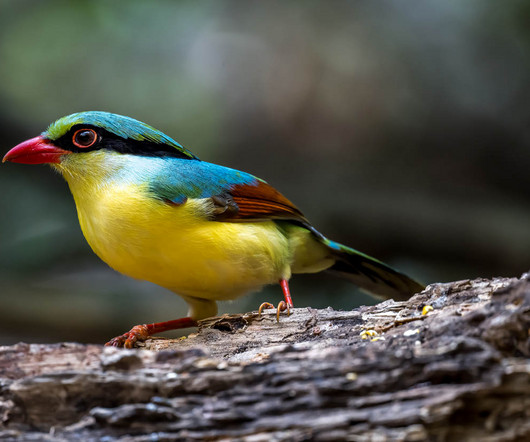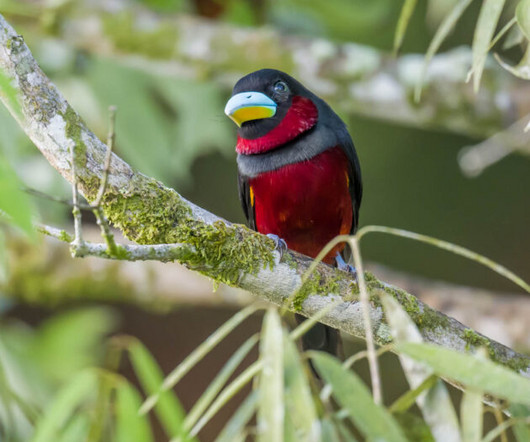Bird of Prey: The Story of the Rarest Eagle on Earth – A Film Review
10,000 Birds
JUNE 21, 2019
The Philippine Eagle has a kind face. I couldn’t help thinking this–me, the anthropomorphism hater– as I watched a pair of Philippine Eagles tend their nest, raise a chick, and tear monkeys apart in Bird of Prey: The Story of the Rarest Eagle on Earth , a well-crafted, beautifully filmed documentary with a mission.










Let's personalize your content